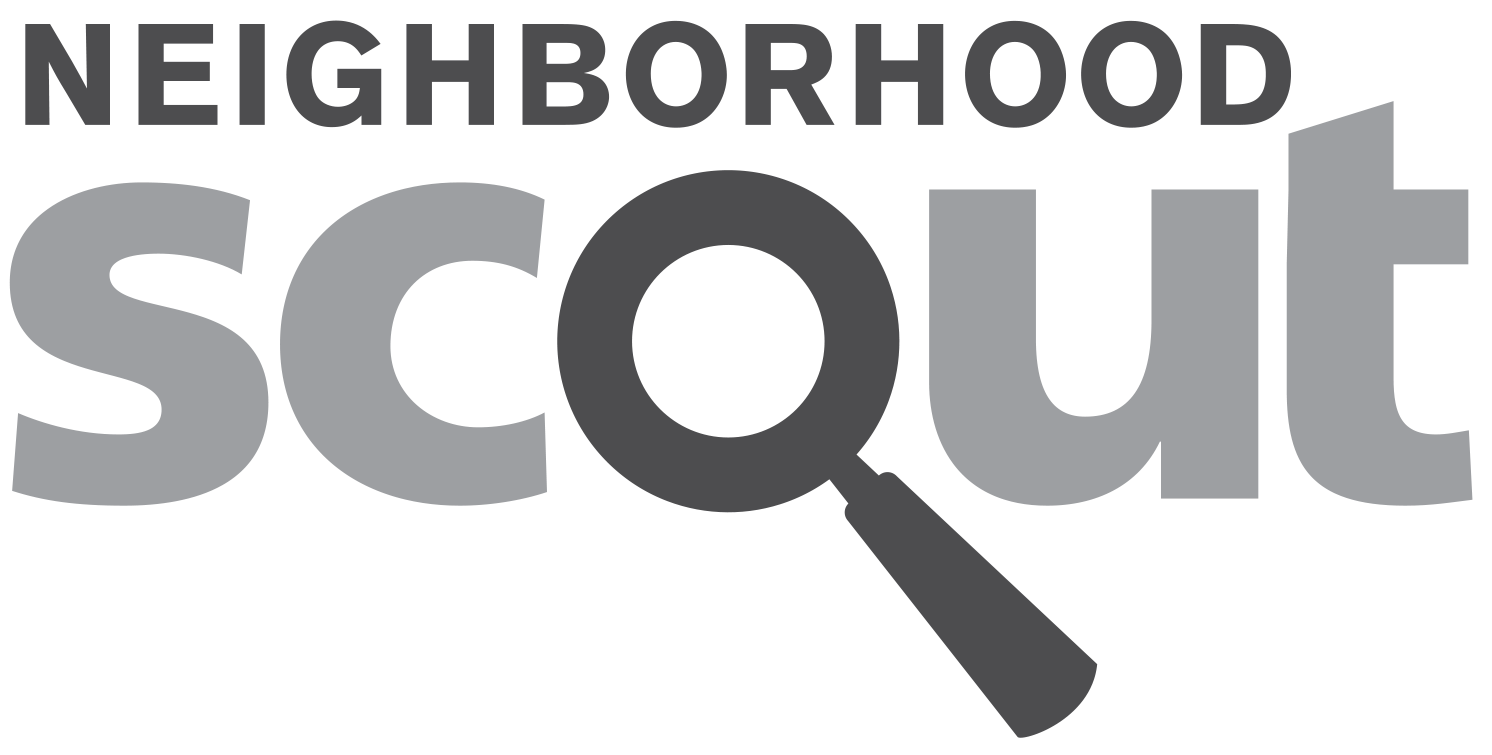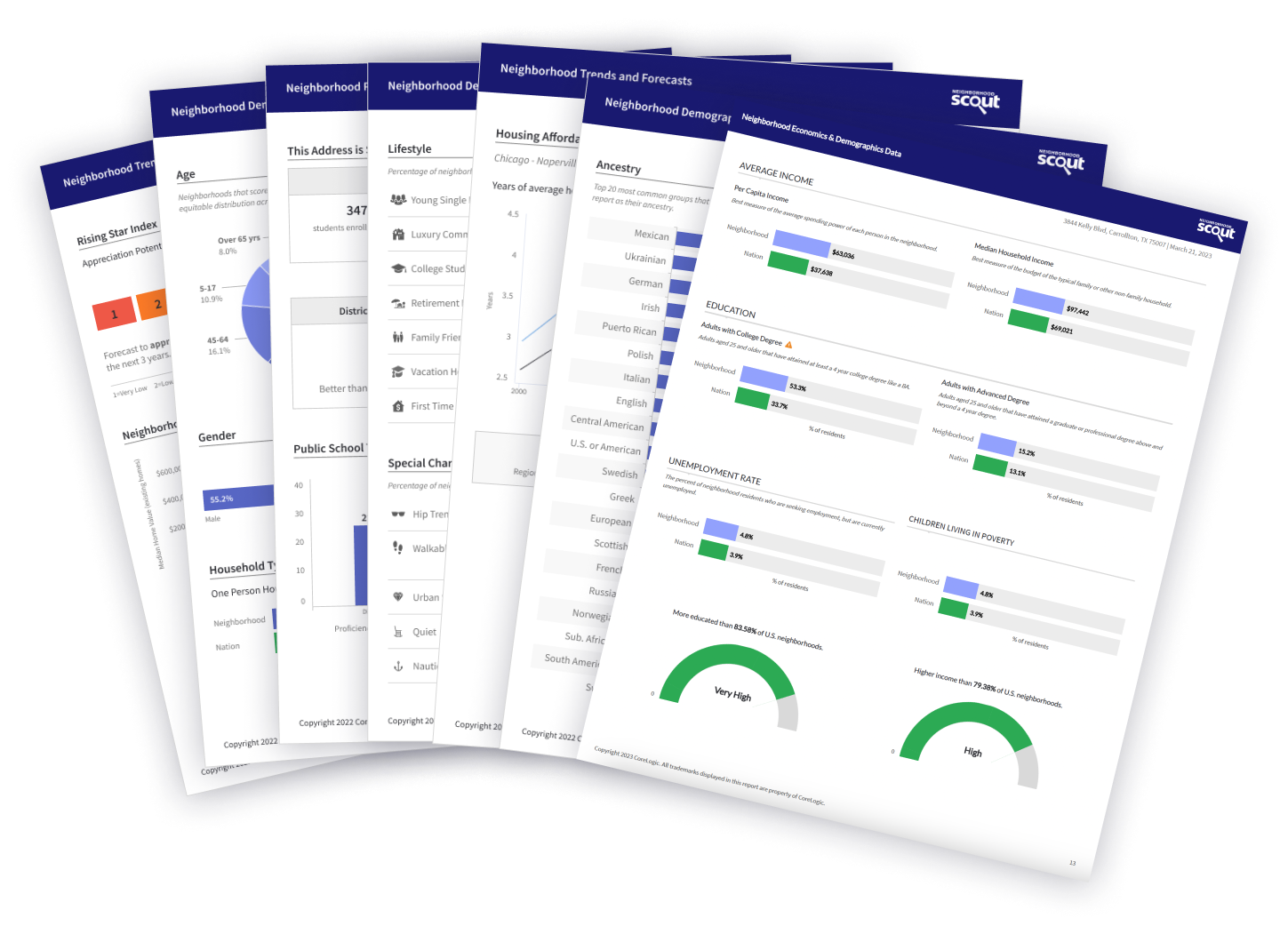West Point is a somewhat small town located in the state of New York. With a population of 7,341 people and just one neighborhood, West Point is the 238th largest community in New York.
Housing costs in West Point are among some of the highest in the nation, although real estate prices here don't compare to real estate prices in the most expensive communities in New York.
The armed forces are a huge part of the life in West Point, employing 56.15% of the workforce. While it is a military town, the civilian sector still plays an important role in the local economy, where the Education and Healthcare industries employ 25.82% and 14.13% of the civilian workforce, respectively.
Of important note, West Point is also a town of artists. West Point has more artists, designers and people working in media than 90% of the communities in America. This concentration of artists helps shape West Point’s character.
Also of interest is that West Point has more people living here who work in computers and math than 95% of the places in the US.
One interesting thing about the economy is that relatively large numbers of people worked from their home: 25.79% of the workforce. While this number may seem small overall, as a fraction of the total workforce this is high compared to the rest of the county. These workers are often telecommuters who work in knowledge-based, white-collar professions. For example, Silicon Valley has large numbers of people who telecommute. Other at-home workers may be self-employed people who operate small businesses out of their homes.
For a small town, there is also a high proportion of single, often educated, people living in West Point. This is not typical for smaller communities in America, and adds a feeling of vibrancy to West Point.
West Point’s overall crime rate ranks among the lowest in the nation, making it a very safe place to live.
Compared to the rest of the country, citizens of West Point spend much less time in their cars: on average, their commute to work is only 11.22 minutes. This also means that noise and pollution levels in the town are less than they would otherwise be.
If knowledge is power, West Point is a pretty powerful place. 78.73% of the adults in West Point have earned a 4-year college degree, masters degree, MD, law degree, or even PhD. Compare that to the national average of 21.84% for all cities and towns.
The per capita income in West Point in 2022 was $31,624, which is lower middle income relative to New York, and middle income relative to the rest of the US. This equates to an annual income of $126,496 for a family of four. However, West Point contains both very wealthy and poor people as well.
West Point is a very ethnically-diverse town. The people who call West Point home describe themselves as belonging to a variety of racial and ethnic groups. The greatest number of West Point residents report their race to be White, followed by Black or African-American. West Point also has a sizeable Hispanic population (people of Hispanic origin can be of any race). People of Hispanic or Latino origin account for 10.40% of the town’s residents. Important ancestries of people in West Point include Irish, German, Italian, English, and Polish.
The most common language spoken in West Point is English. Other important languages spoken here include Spanish and Polish.
When you see a neighborhood for the first time, the most important thing is often the way it looks, like its homes and its setting. Some places look the same, but they only reveal their true character after living in them for a while because they contain a unique mix of occupational or cultural groups. This neighborhood is very unique in some important ways, according to NeighborhoodScout's exclusive exploration and analysis.
In a nation where 1 out of every 4 children lives in poverty, the neighborhood stands out as being ranked among the lowest 0.0% of neighborhoods affected by this global issue.
In addition, if knowledge is power, then imagine the cumulative power of one neighborhood where many of the adults have earned an advanced degree, such as a Masters, law degree, medical degree, or even a Ph.D. This is certainly the case in the neighborhood, where 50.5% have earned an advanced degree. Compare that to the average neighborhood in America, where just 13.7% of adults have completed a post-graduate degree, and you can see why this neighborhood is a stand out. In fact, this neighborhood has a higher rate of adults with an advanced degree than 99.2% of the neighborhoods in America.
Also, a majority of the adults in the neighborhood are wealthy and educated executives. They own stately homes that tend to maintain high real estate appreciation rates. Their upper-level careers keep them busy, but allow them to live comfortably. If you're an executive and want to keep similar company, consider settling in this neighborhood, rated as an executive lifestyle "best choice" neighborhood for New York by NeighborhoodScout's analysis, which rated it as better for executive lifestyles than 99.2% of the neighborhoods in New York. In addition to being an excellent choice for highly educated executives, this neighborhood is also a very good choice for college students and young, single professionals.
The neighborhood stands out nationally for having a greater proportion of its residents active in the military than 100.0% of other U.S. neighborhoods. If you come here, you will notice military people active in their jobs, going to and from work, and in plain clothes out and about the neighborhood.
Whether walking, biking, riding, or driving, the length of one's commute is an important factor for one's quality of life. The neighborhood stands out for its commute length, according to NeighborhoodScout's analysis. Residents of the neighborhood have the pleasure of having one of the shortest commutes to work of any neighborhood in America. 83.8% of the residents have a commute time from home to work (one way) of less than fifteen minutes. This is a higher proportion of residents enjoying a short trip to work than NeighborhoodScout found in 99.8% of U.S. neighborhoods. Less time commuting means more time for other things in life.
100.0% of the real estate in the neighborhood is occupied by renters, which is nearly the highest rate of renter occupancy of any neighborhood in America.
In addition, if you love row houses and attached homes, you will probably really like the neighborhood. The ambiance, the charm, of row houses is something special. And in sheer abundance of row houses, this neighborhood truly stands out. The real estate here has a higher proportion of row houses and attached homes than nearly any neighborhood in America. In fact, 54.7% of the residential real estate here is classified as row houses and attached homes.
In the neighborhood, walking to work is a real option for many. In fact, NeighborhoodScout's exclusive research reveals walking to and from work is the chosen way to commute for 31.8% of residents here. This is a higher proportion of walking commuters than we found in 99.2% of American neighborhoods. Get ready to put on your walking shoes if you move here!
Did you know that the neighborhood has more Lebanese and Iranian ancestry people living in it than nearly any neighborhood in America? It's true! In fact, 1.5% of this neighborhood's residents have Lebanese ancestry and 1.0% have Iranian ancestry.
is also pretty special linguistically. Significantly, 2.6% of its residents five years old and above primarily speak Portuguese at home. While this may seem like a small percentage, it is higher than 98.3% of the neighborhoods in America.
How wealthy a neighborhood is, from very wealthy, to middle income, to low income is very formative with regard to the personality and character of a neighborhood. Equally important is the rate of people, particularly children, who live below the federal poverty line. In some wealthy gated communities, the areas immediately surrounding can have high rates of childhood poverty, which indicates other social issues. NeighborhoodScout's analysis reveals both aspects of income and poverty for this neighborhood.
The neighbors in the neighborhood in West Point are wealthy, making it among the 15% highest income neighborhoods in America. NeighborhoodScout's exclusive analysis reveals that this neighborhood has a higher income than 90.6% of the neighborhoods in America. In addition, 0.0% of the children seventeen and under living in this neighborhood are living below the federal poverty line, which is a lower rate of childhood poverty than is found in 100.0% of America's neighborhoods.
The old saying "you are what you eat" is true. But it is also true that you are what you do for a living. The types of occupations your neighbors have shape their character, and together as a group, their collective occupations shape the culture of a place.
In the neighborhood, 56.2% of the working population is employed in the military. The second most important occupational group in this neighborhood is executive, management, and professional occupations, with 53.4% of the residents employed. Other residents here are employed in clerical, assistant, and tech support occupations (20.0%), and 15.2% in sales and service jobs, from major sales accounts, to working in fast food restaurants.
Languages
The languages spoken by people in this neighborhood are diverse. These are tabulated as the languages people preferentially speak when they are at home with their families. The most common language spoken in the neighborhood is English, spoken by 84.6% of households. Other important languages spoken here include Spanish, Polish and Portuguese.
Ethnicity / Ancestry
Culture is shared learned behavior. We learn it from our parents, their parents, our houses of worship, and much of our culture – our learned behavior – comes from our ancestors. That is why ancestry and ethnicity can be so interesting and important to understand: places with concentrations of people of one or more ancestries often express those shared learned behaviors and this gives each neighborhood its own culture. Even different neighborhoods in the same city can have drastically different cultures.
In the neighborhood in West Point, NY, residents most commonly identify their ethnicity or ancestry as Irish (15.1%). There are also a number of people of German ancestry (13.7%), and residents who report Italian roots (8.0%), and some of the residents are also of English ancestry (7.4%), along with some Asian ancestry residents (4.1%), among others.
Even if your neighborhood is walkable, you may still have to drive to your place of work. Some neighborhoods are located where many can get to work in just a few minutes, while others are located such that most residents have a long and arduous commute. The greatest number of commuters in neighborhood spend under 15 minutes commuting one-way to work (83.8% of working residents), one of the shortest commutes across America.
Here most residents (36.5%) drive alone in a private automobile to get to work. In addition, quite a number also hop out the door and walk to work to get to work (31.8%) . In a neighborhood like this, as in most of the nation, many residents find owning a car useful for getting to work.

